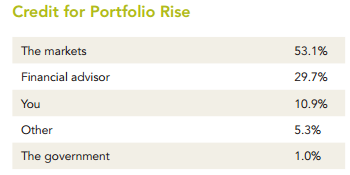India is home to 6,020 ultra-high net worth individuals (UHNWIs), those with net assets of $30million +, which is projected to go up to 12,341 by 2025, shows the Knight Frank Wealth Report 2016. The survey captured the views of 400 of the world’s leading private bankers and wealth advisors who manage assets for about 45,000 UHNWIs with a combined wealth of over half a trillion US dollars.
Population of the wealthy in India
|
Category |
Population 2015 |
Projected population by 2025 |
|
Millionaires ($1m+) |
236,000 |
483,800 |
|
Multi-millionaires ($10m+) |
14,800 |
30,340 |
|
UHNWIs ($30m+) |
6,020 |
12,341 |
|
Centa-millionaires ($100m+) |
760 |
1,558 |
|
Billionaires ($1,000m+) |
78 |
160 |
Also, the survey predicts that the population of Indian billionaires, those with net assets of $1,000 million + is expected to go up from the current 78 to 160 by 2025. Further, a city wise analysis shows that Mumbai has the highest number of UHNWIs at 1094, followed by Delhi (545), Kolkata (228) and Hyderabad (207).

Allocation of wealth
The study also captured the shift in UHNWIs wealth towards various asset classes. There has been a shift towards UNHWIs preference for financial assets including equities and bonds. About 62% of respondents said that their client’s allocation to financial assets has increased over the past 10 years and 70% said that it is likely to increase further in the next 10 years.
At the same time, 49% and 54% respondents said that the allocation to real estate and investment in primary residence & second homes has also seen an increase respectively. 55% of respondents said that their clients invested in real estate to sell in the future. The other reason to invest in real estate was to diversify.
Gold seems to have lost its sheen among the ultra-rich. About 41% of respondents said that their client’s allocation to precious metals, including gold has come down.
Other trends
- Almost 70% of respondents said their clients had become more conscious about displaying their wealth in public. A significant number also felt UHNWIs were being made scapegoats by governments for their own failure to address wealth-inequality issues.
- 87% believe that their clients are taking a more active role in the management of their wealth but 92% agree that the wealth industry has to work harder to earn the trust of its clientele. Advisors may also need to refocus how they engage with clients. On an average, almost 80% of respondents said women were taking a more significant role in managing family wealth while 64% said clients were involving their children in their businesses at an earlier age.
- Succession issues are the biggest worry for UHNWIs around the world with recent research suggesting that it is the second generation, rather than the often-quoted third, that is most likely to squander the family fortune. Globally, succession and inheritance issues, wealth taxes and the global economy were the three main factors threatening wealth creation over both the past 10 years and the next decade.




